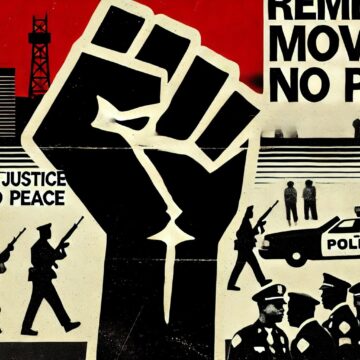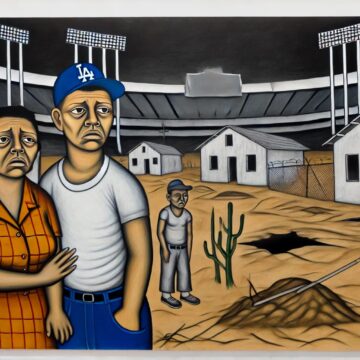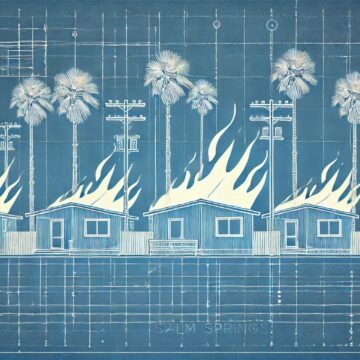When Ruby Bridges walked into William Frantz Elementary School on a November morning in 1960, escorted by federal marshals, she unknowingly became a symbol of America's battle against racism and segregation. At just six years old, Ruby faced angry crowds, isolation, and hostility simply for going to school. Yet, she persevered, becoming the first Black student at the previously all-white institution. Her courage not only helped dismantle segregation in American education but set her on a lifelong journey of activism, inspiration, and social change. This comprehensive exploration of Ruby Bridges' life delves into her extraordinary childhood, the powerful legal battles that made her integration possible, her quiet years beyond the spotlight, and her ongoing fight against racial injustice. Discover how Ruby’s bravery as a child continues to echo through generations, encouraging us all to confront prejudice with strength and dignity.
Category: Separatism
America’s Forgotten Paradise—U.S. Regulations Strangle the Virgin Islands
The United States Virgin Islands are caught in a web of outdated policies, economic strangulation, and political neglect—an American territory in name but not in full privilege. While the mainland thrives, the Virgin Islands are forced to navigate federal regulations that drive up costs, stifle industry, and keep the local economy dependent on tourism. The Jones Act inflates the price of goods, IRS restrictions prevent competitive banking and investment, and limited federal funding leaves infrastructure in decay. Despite being home to U.S. citizens, the Virgin Islands remain voiceless in Congress and powerless in presidential elections. Washington’s policies don’t just overlook these islands—they actively hold them back. It’s time for change, time to break free from the colonial chains, and time to give the Virgin Islands the economic and political autonomy they deserve.
The 1985 MOVE Bombing: An Examination of State Violence, Race, and Urban Life in America
The 1985 MOVE bombing in Philadelphia stands as a stark example of the intersection between race, state violence, and urban policy in the United States. When the city dropped a military-grade bomb on the home of the Black liberation group MOVE, killing 11 people, including five children, and destroying 61 homes, it revealed the devastating consequences of police militarization and systemic racism. This event, which still resonates in the era of Black Lives Matter, highlights the ongoing struggles for police reform, racial justice, and governmental accountability in marginalized communities.
Chavez Ravine: A Neighborhood Erased for Dodger Stadium
Chavez Ravine, once a thriving Mexican-American community in Los Angeles, was demolished in the 1950s under the guise of urban renewal to make way for Dodger Stadium. This article explores the history of Chavez Ravine, the political forces behind its destruction, and the broader implications for racial injustice and housing inequality. Through the lens of urban development, it examines how communities of color were targeted, displaced, and erased, with a legacy that continues to shape housing policy and civil rights struggles in Los Angeles and beyond.
Palm Springs’ Blueprint for Urban Erasure
Section 14, located in the heart of Palm Springs, was a vital residential area for Black and Latino communities from the early 1900s to the mid-20th century. As Palm Springs grew into a tourist haven, Section 14 became one of the few places where non-white residents could live due to segregationist policies. This land, owned by the Agua Caliente Band of Cahuilla Indians, became a haven for working-class families who helped build the city's infrastructure. Despite its central location, Section 14 was excluded from the city's glamorous image, and its residents were subjected to substandard living conditions, ultimately leading to a brutal campaign of forced evictions and demolitions in the 1950s and 60s, erasing much of its community and history.




